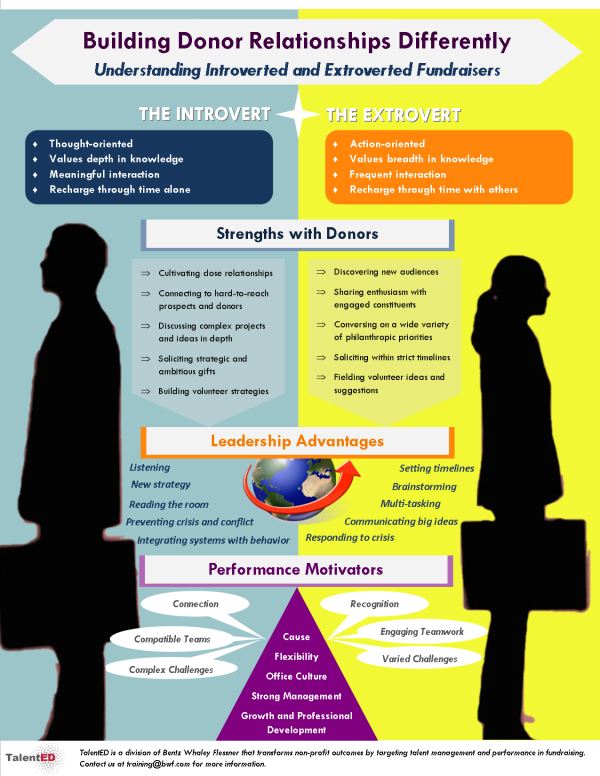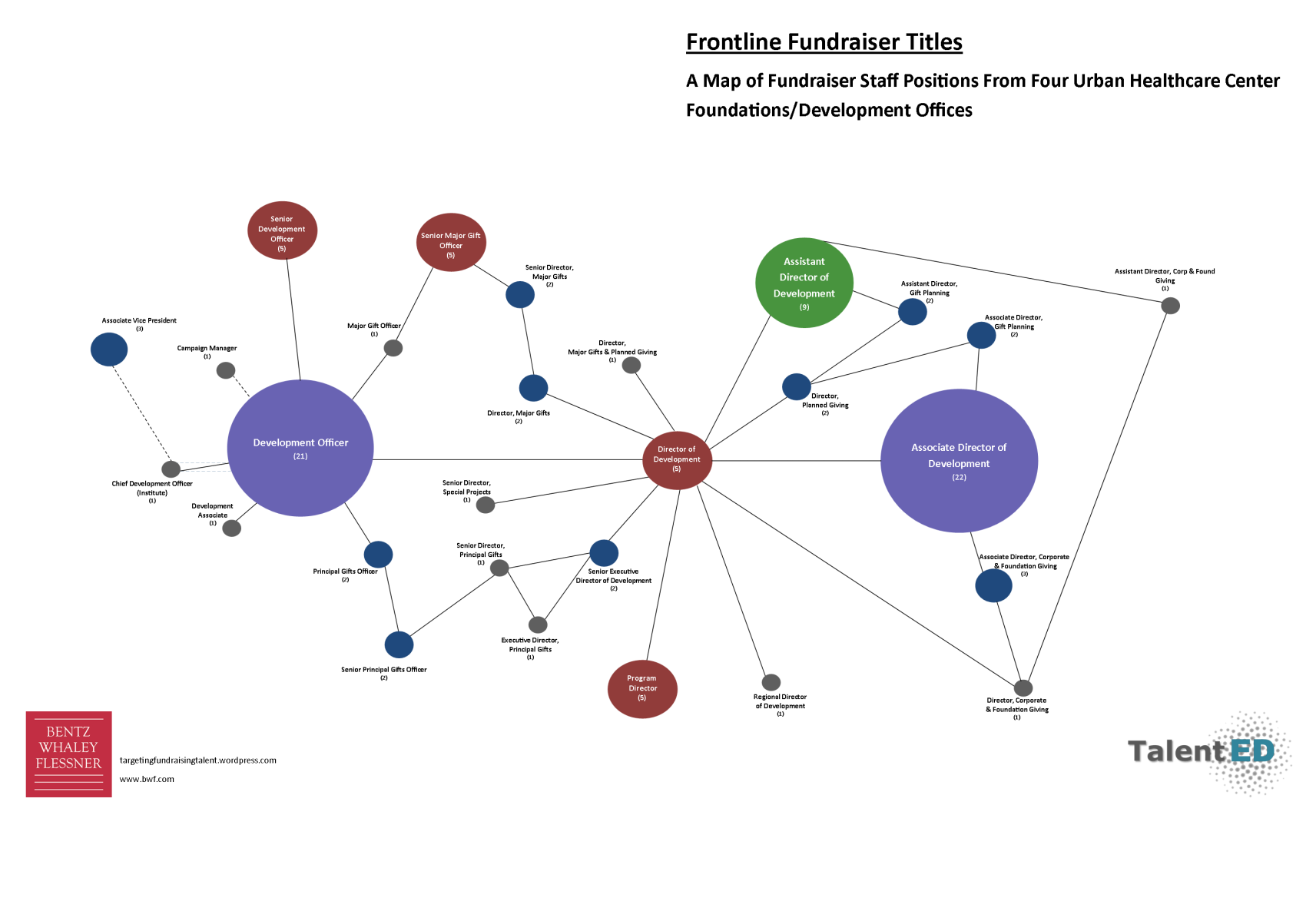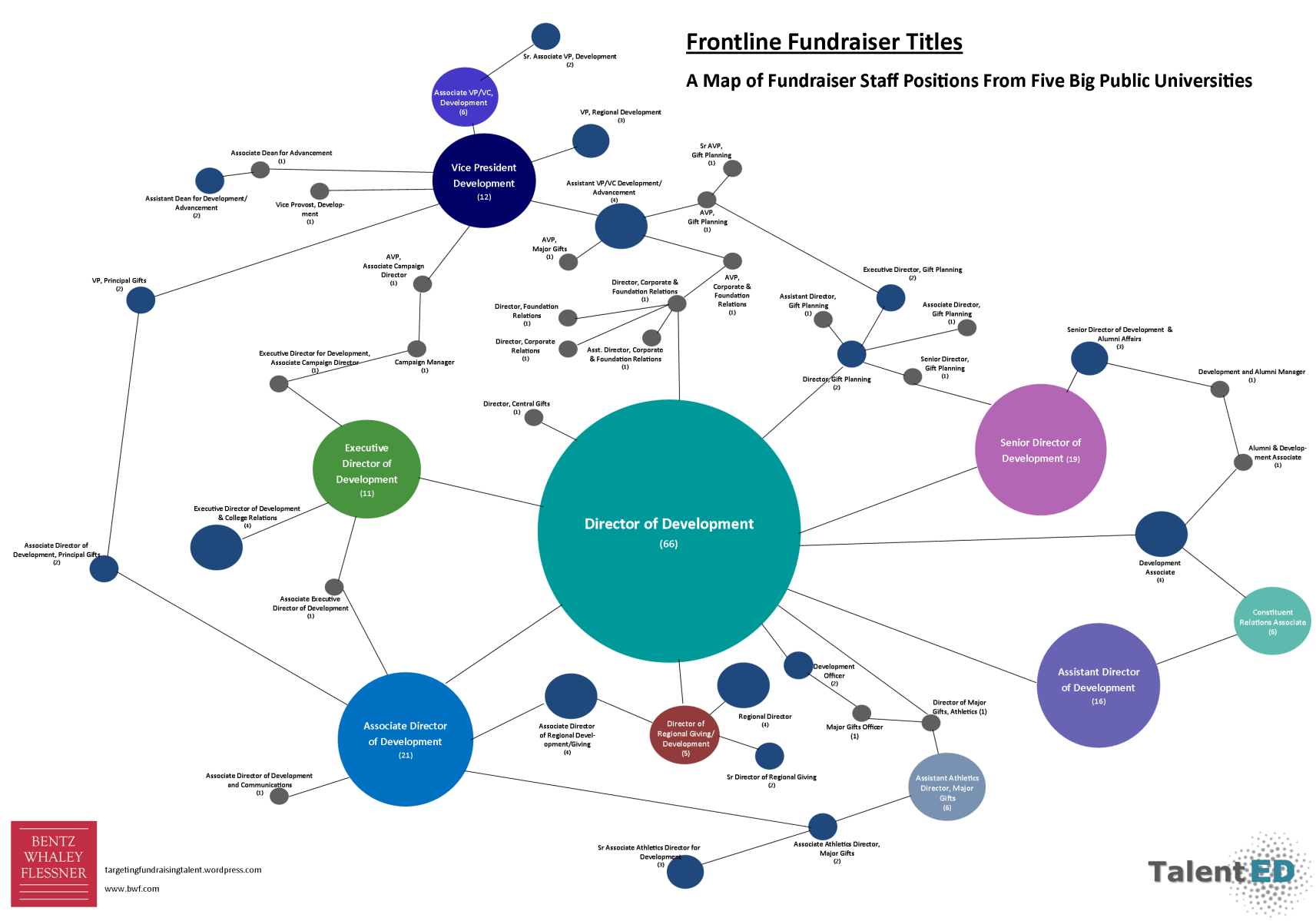Last week we discussed two of the essential principles for training new major gift officers: understanding the donor perspective and clear definition of the donor cycle. This week we have three more. Beyond orienting fundraisers to the nature of major gift philanthropy, organizations must seek to broaden the aptitude of these professionals to work with their colleagues and adequately represent their institutions. Leadership can do this through offering:
A Deeper Understanding of the Functionality and Capacity of Central and Operations Teams
Hand in hand with providing fundraisers clearer expectations of what working with donors looks like, an organization must partner with these individuals to set expectations for working within a development team. New fundraisers must know, for example, when and what type of additional research will be most useful to them (early career development officers often will get caught in a desire to know everything possible about a prospect before meeting with them). The ability to partner with and utilize the skills of central development teams and operations professionals will give new fundraisers a leg up in their early years as well as lessen the burden of other team members in orienting these individuals to their own programs the hard way (when something goes wrong or a fire needs to be put out).
Opportunities to Practice New Skills and Observe and Learn from Senior Fundraisers
Learning means little without the ability for professionals to put what they have learned into practice. Any formal training session should, therefore, be paired with low-risk avenues for new major gift officers to gain experience in the realities of working with donors. Across the country there are now several institutions tackling this need in creative ways—whether it’s a virtual learning experience utilizing actors or avatars, structured “mock” meetings with close volunteer donors, or role playing in a workshop setting. This “practice space” gives new fundraisers two great things: the chance to get a feel for major giving conversations and valuable feedback from those working with them on what they did well and what could be improved.
Another great resource that many institutions already have lies within the existing senior fundraising team. Exposure to best practices by observing high performers in action can be a very meaningful point in developing new fundraising talent. This type of shadowing helps show novice development officers not only how to respond when a meeting diverts from the theoretical agenda, but also the depth and nature of relationships between an experienced fundraiser and high level donor.
Knowledge of Institutional Strengths, Histories, and Controversies
Your donors and constituents have typically been familiar with your institution longer and in more depth than your junior fundraisers. This gap has to be addressed directly. Donors and prospective donors will expect any development officer they meet with to not only know about their history as donors, but also have a decent grasp of the people, programs, and history of your organization. Whether this be previous controversies that the institution has survived or national championship teams and coaches, training a new frontline officer must include consistent and reinforced building of institutional knowledge.
We’ve seen data time and time again that says that newly hired fundraisers take 3.5–4 years to begin to produce real gift dollar results. For those who are new to the frontline, that ramp-up can take even longer. It’s in our best interest to accelerate this process with new major gift officers through strategic training and education, clear opportunities and exposure to donors and the team, and reinforcement and feedback.
BWF’s TalentED practice offers one-on-one coaching, intensive training workshops, and talent management counsel to help our clients recruit, retain, and grow a high performing fundraising team. For more information contact us at training@bwf.com.
Copyright © 2015 Bentz Whaley Flessner & Associates, Inc.



